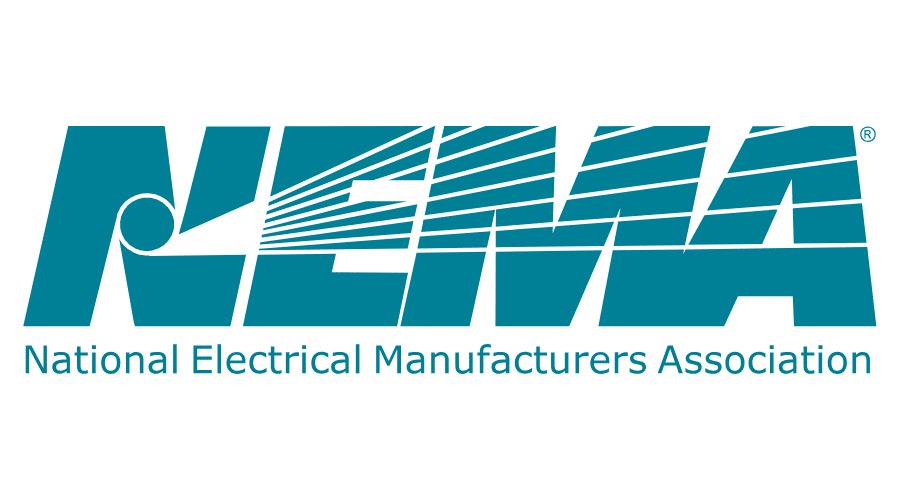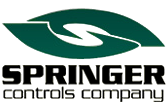 NEMA, or the National Electrical Manufacturers Association, is a body that sets standards for electrical products used in the US.
NEMA, or the National Electrical Manufacturers Association, is a body that sets standards for electrical products used in the US.
History of NEMA Ratings
Established in 1926, this esteemed organization has played a pivotal role in fostering a uniform standard of safety and quality across the industry. Through its unwavering commitment to excellence, it has tirelessly worked to uphold the highest benchmarks, ensuring the well-being and satisfaction of both industry professionals and consumers alike.
At its most basic level, a NEMA rating is a code that will indicate the environmental conditions a certain type of electrical equipment is designed to withstand. This rating system is most important in industrial settings, where harsh environments and extreme temperatures are common. By understanding NEMA ratings, you can determine if an appliance or device is up to the task of providing reliable service in the face of such difficult circumstances.
What NEMA Digits Mean
In industrial applications, the NEMA system refers most commonly to ingress protection. The NEMA system mainly deals with ingress protection, similar to the IP rating system. The codes represent the protection against Solids and liquids.
Solids
These can be anything from incidental human contact (i.e., finger safe), making it difficult for an operator to touch any live contact, to dust and debris accidentally. Often, NEMA will consider the direction from which the solid is coming towards the enclosure.
NEMA 1 – Designed for indoor use only and provides some protection from limited amounts of falling dust/dirt. Used in relatively clean environments
NEMA 2 – Similar to NEMA 1, but also provides some protection from dripping water and light splashing
NEMA 3 – Can be used indoors or outdoors. Protects from rain and wind-blown dust and will not be damaged by ice buildup on the exterior.
NEMA 3R – Similar to NEMA 3, but adds a small drain hole to allow for ventilation and lets any water inside drain.
NEMA 3SX – Similar to NEMA 3 but is manufactured with a non-corrosive material, typically stainless steel or polycarbonate
NEMA 4 – Dust tight and water-tight from any direction, including low-pressure hose directed water
NEMA 4X – Same as NEMA 4 but made of non-corrosive material, typically stainless steel, fiberglass or polycarbonate.
NEMA 5 – (not very common) provides protection from airborne settling dust and dripping liquids
NEMA 6 – Dust and water-tight. Can even be submersed for short periods of time at limited depth.
NEMA 6P – Dust and water-tight, can be occasionally submersed up to 6ft of water for up to 24 hours
NEMA 7 – Hazardous duty, designed to be dust and water-tight and to contain an explosion inside the enclosure without danger to the outside
NEMA 9 – Hazardous duty, designed to prevent dust from entering and prevent any heat-generating device inside the enclosure from causing external surfaces from heating enough to ignite hazardous material outside the enclosure.
NEMA 12 – Similar to NEMA 2 but includes knockouts to make installation easier. Indoor use only
Working With Springer Controls
At Springer Controls, we specialize in NEMA 12, NEMA 3R, and NEMA 4-rated enclosures to meet a wide spectrum of industrial needs. Other NEMA ratings are available, but lead time is a consideration, and often, we find there is not much-added benefit to choosing some of the other options. We are happy to discuss your requirements to help select the appropriate NEMA rating for your application. Our products are designed with safety and reliability in mind, so you can trust that they will perform to their highest standards when put to use.
For more information about NEMA ratings and their application in electrical systems, visit our IEC vs. NEMA blog post for more details.
We understand the importance of selecting electrical components that are rated to meet your specific needs. That’s why Springer Controls offers a wide range of NEMA-rated products to ensure that your system stays up and running no matter its conditions. Contact us for more information and to find the right NEMA rating for your application.
